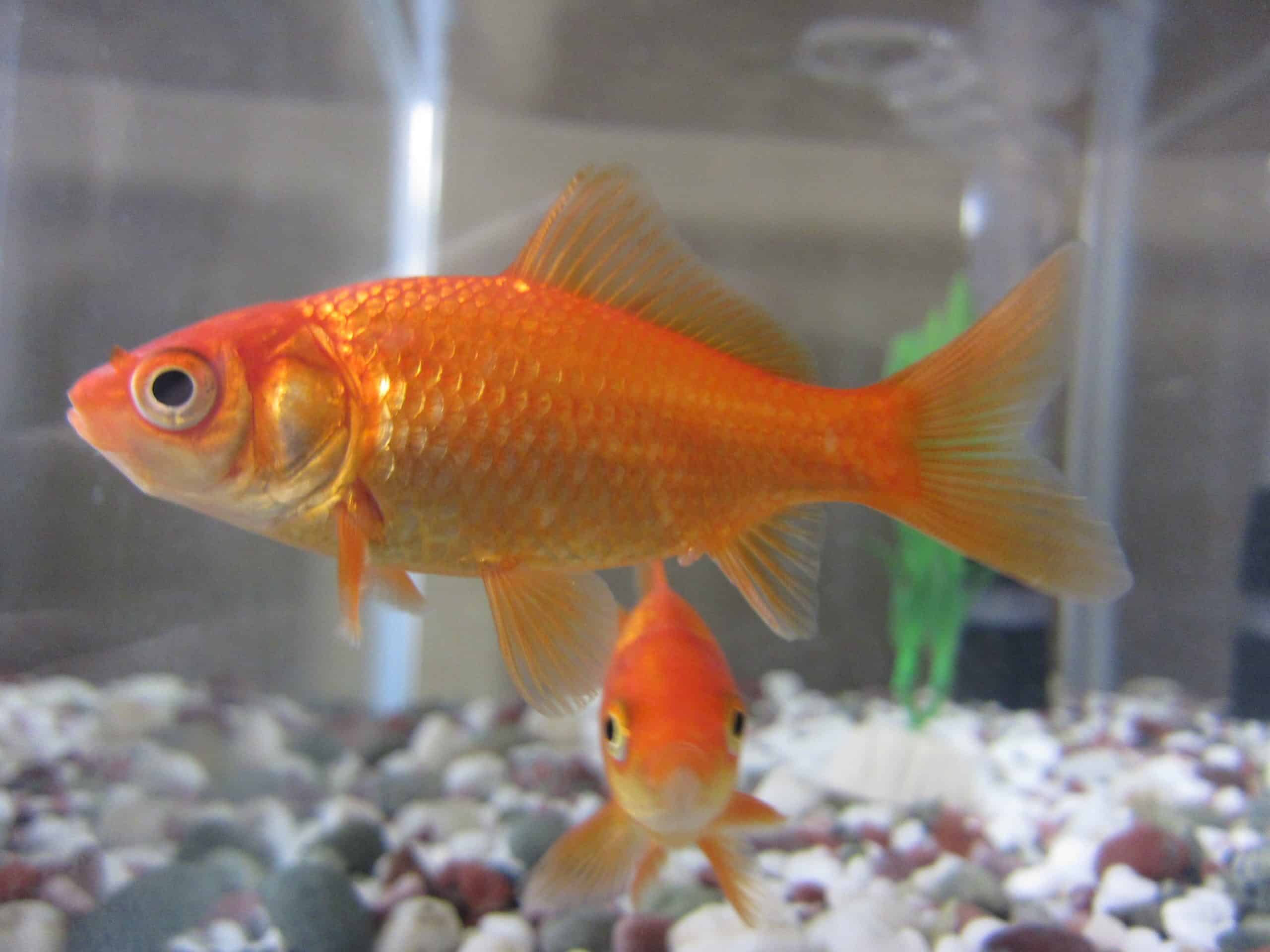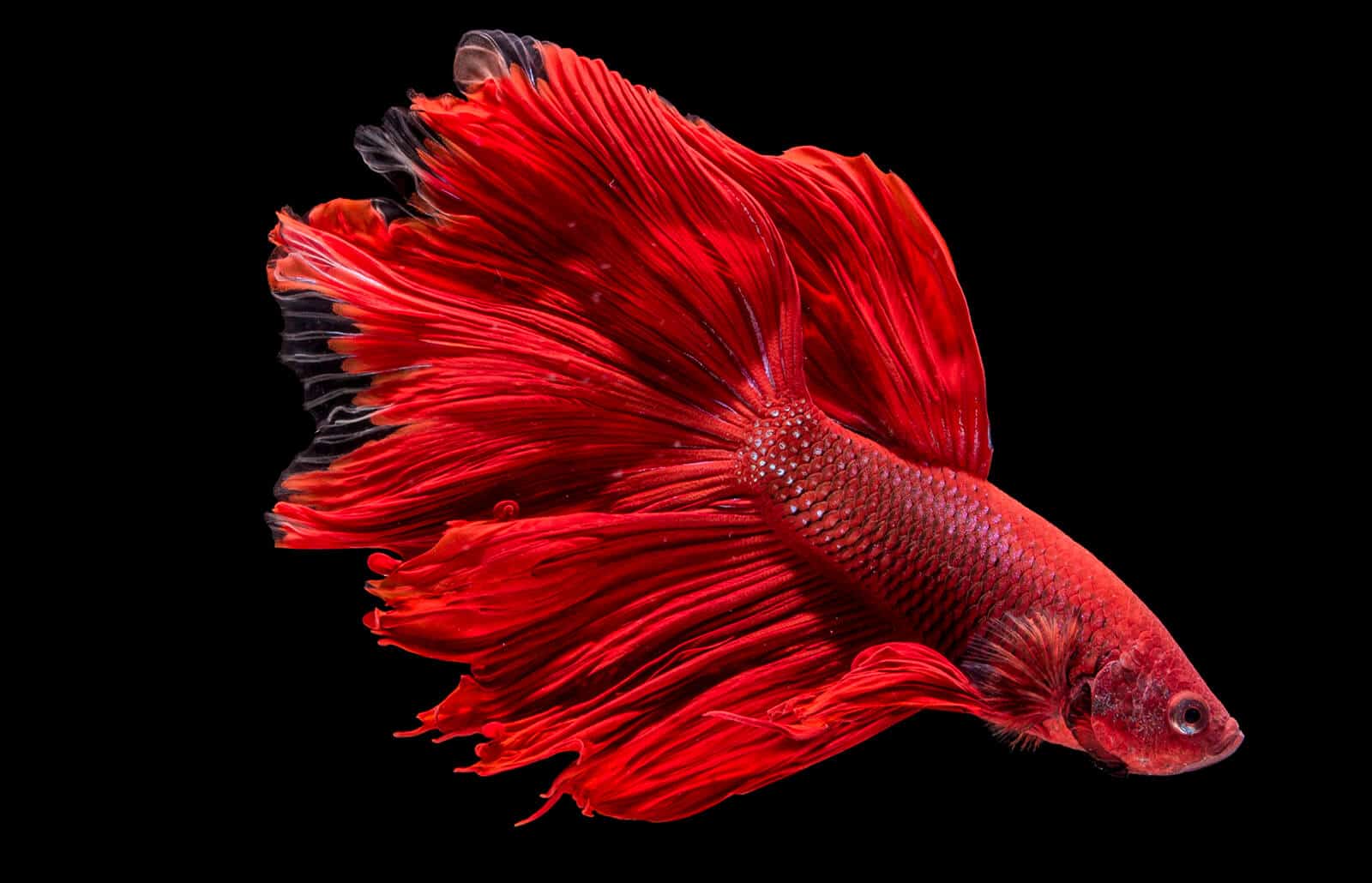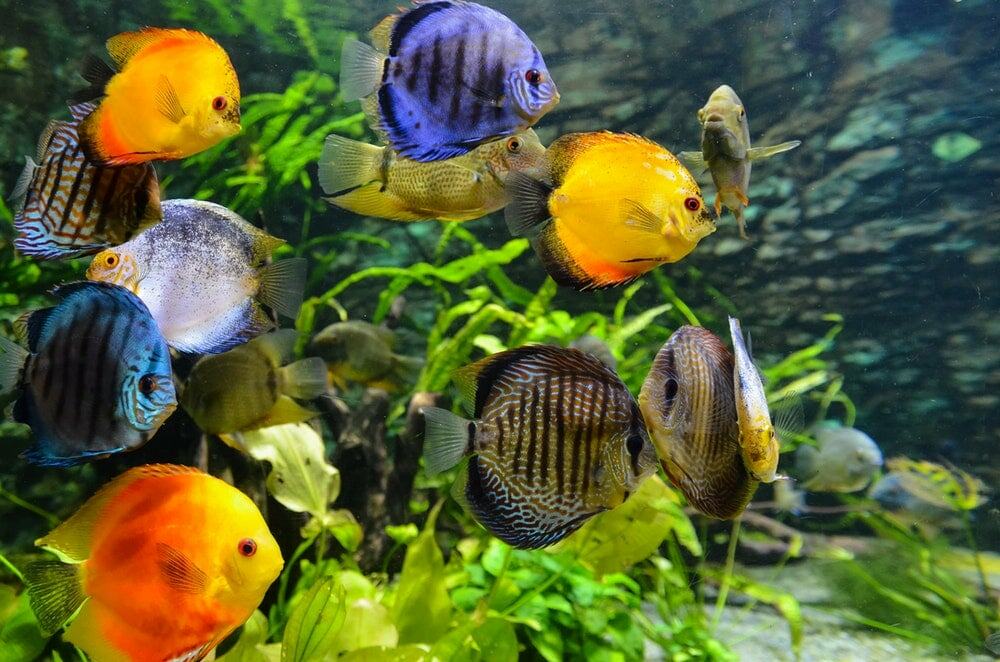At a glance, fish don’t seem like the most exciting pet. They can’t be cuddled with or trained like other animals, they don’t really do anything aside from swim around their aquarium, and as most fish owners will attest, they end up dying a lot faster than other animals. And yet freshwater fish are the 3rd most popular pet in the United States. According to a 2020 study, 11.5 million Americans owned a fish.
Only dogs and cats exceeded fish in popularity. While fish require just as much attention as other animals, they are relatively low maintenance. And since most species can coexist without any struggle, your home can become a mix of various freshwater species.
An Overview of Freshwater Fish
Before you go out and buy yourself some fish, it’s important to note the differences between freshwater fish and saltwater fish. Depending on the species you plan to adopt, the water you put in your aquarium will require a certain pH and salinity level. (In layman’s terms, the water needs a certain amount of salt and a certain acidity level.) Freshwater fish are those who have adapted to life in freshwater–lakes, rivers and streams.
They can live in water temperatures between 50 and 80 degrees F, but the salinity can’t be higher than 1.05%. Saltwater fish are species that are used to life in the ocean.
They can live in a variety of water temperatures, but require a salinity of 1.02%. Freshwater fish have been used as pets for decoration for thousands of years. Japanese koi ponds are a famous example, but similar ponds were created for fish in ancient Egypt and Rome. Nowadays, it’s recommended that freshwater fish be kept in a 10-gallon aquarium tank. Plants, rocks and other decorations can be placed in order to make the fish’s environment more natural. Regular cleaning is required to prevent the buildup of algae or stagnant water. Listed below are several of the most popular freshwater species sold as pets in the United States.
Goldfish
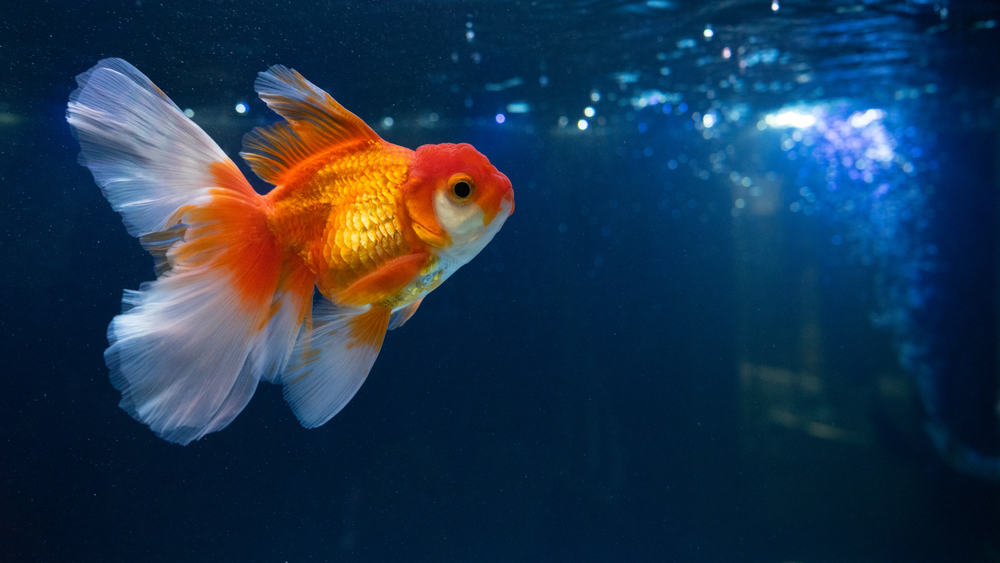
When you think of pet fish, the goldfish is likely the first thing that comes to mind. Contrary to popular belief, goldfish are remarkably intelligent. They can learn to recognize feeding times, will allow humans to touch them with regular contact, and can even tell one human apart from another. Goldfish come in many variations, ranging from differences in color to differences in tail shape.
Betta Fish
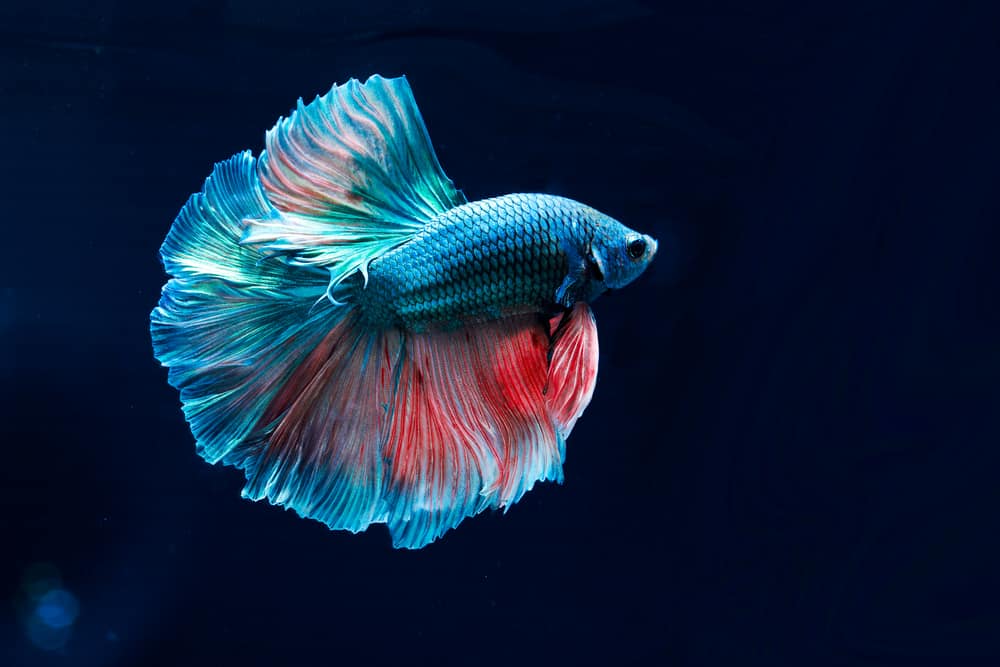
Betta fish rival goldfish in terms of popularity, and exceed the popularity of more well-known species of fish. Part of this fame lies in their behavior. They are more “interactive” than other fish, actively engaging with enrichment objects left in their tank. They coexist greatly with other species of tropical fish, though bettas might bully smaller species. Bettas are also well-known for their beauty.
While they come in an array of colors, they can change their color based on their emotions. Betta fish also have several different fin variations. However, betta fish can be highly territorial. Even in a large tank, they will claim certain areas for themselves and attack anything that gets close, be it a human or another fish.
Zebrafish
Zebrafish are a hardy species. While they are common household pets, they have also been used as a subject for multiple research experiments. (Certain breeds have fluorescent patterns on their skin, too. These particular zebrafish are nicknamed “Glofish.”) This species thrives in a group setting, so populating a tank with multiple zebrafish is a must. They are very playful and get along rather well with other species of fish. It’s important to keep them in a tank with similarly-sized fish, though: zebrafish will eat anything smaller than themselves.
However, zebrafish are susceptible to some diseases caused by parasites or bacteria in the water. Routine cleanings can reduce the chances of a zebrafish becoming infected.
Guppies
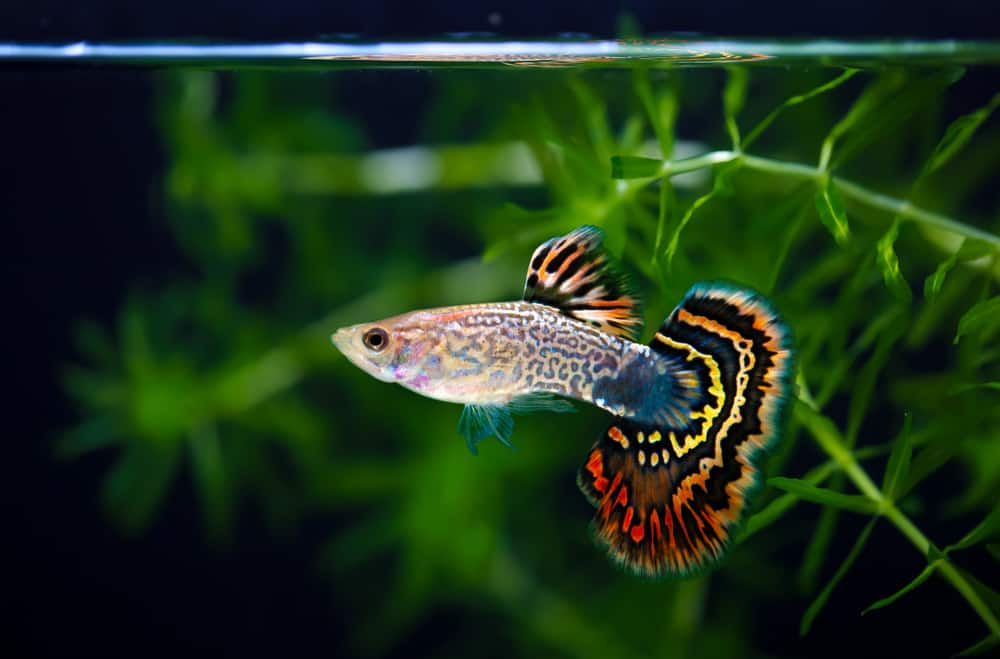
In the wild, guppies are one of the most widely distributed freshwater fish on the planet. They can be found in isolated areas on every continent except Antarctica, but are most common in South America. They are remarkably resilient–while most freshwater fish require a certain level of salinity, guppies can live in water with salinity comparable to ocean water. For this reason, they are sometimes put in saltwater tanks.
Guppies are famous for their breeding ability. They are old enough to mate after only 10 weeks and can continue to breed until they are 2 years old. If you plan on owning males and females, it’s best to keep them in a large tank: a single female guppy can give birth to nearly 200 young at a time.
Mollies
“Molly” is the layman’s term for a genus of fish scientifically called Poecilia. They are closely related to guppies, and can live in a variety of habitats. The species commonly sold in pet stores are suited for freshwater environments. Mollies are a naturally hardy species, but only if they are kept in a clean environment. If their aquarium isn’t cleaned regularly, they are vulnerable to “molly disease,” an illness named after them because it’s alarmingly common in the breed.
Fish affected by this disease will become lethargic, and may develop odd behaviors. They are omnivorous, so if mollies are placed in a tank with multiple species, they may prey upon other fish in the aquarium. Plants and algae can also supplement their diet, along with frozen foods like shrimp.
Cherry Barbs
Cherry barbs are normally kept only by diehard fish collectors. In the wild, they are threatened by habitat loss and overcollection, so they are classified as a vulnerable species. Schools of cherry barbs will quickly result in a group hierarchy. It’s recommended that for every male fish in the tank, there should be 2 females for them to breed with. Males may compete with one another for the right to mate with the females, and during breeding season a male will continually harass the females until they successfully mate.
In a way, the structure of a cherry barb school can be compared to the structure of a lion pride–1 or 2 males and a multitude of females for them to breed with.
Outside of the mating season, cherry barbs are very calm. They get along best with other calm species of fish.
